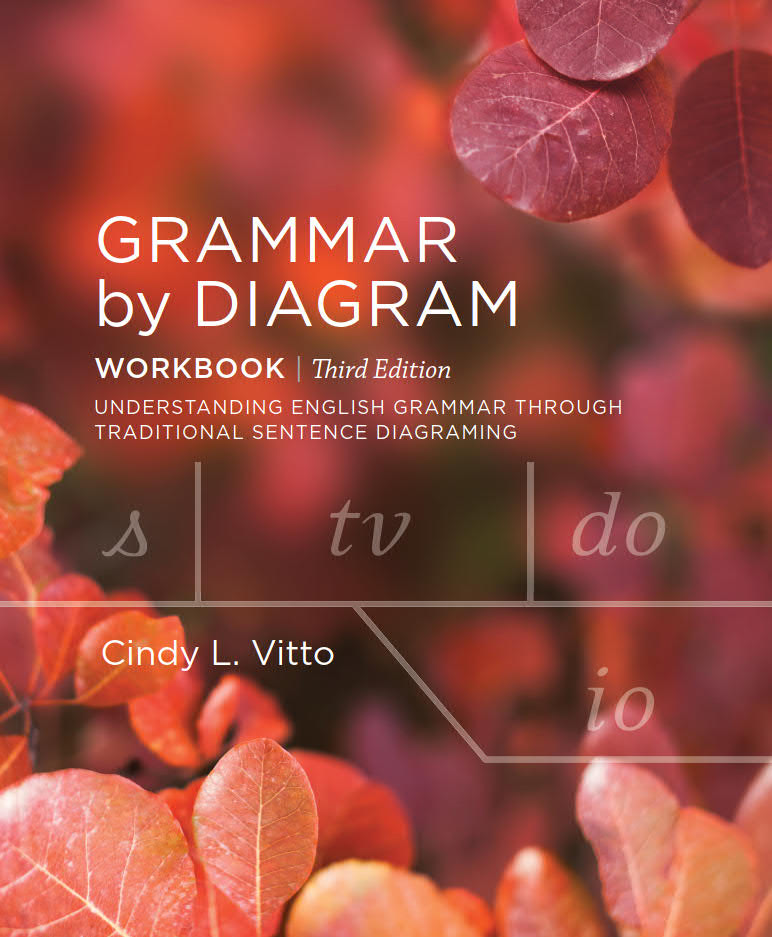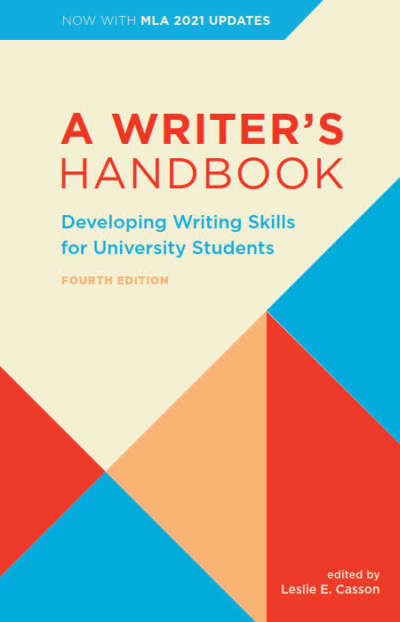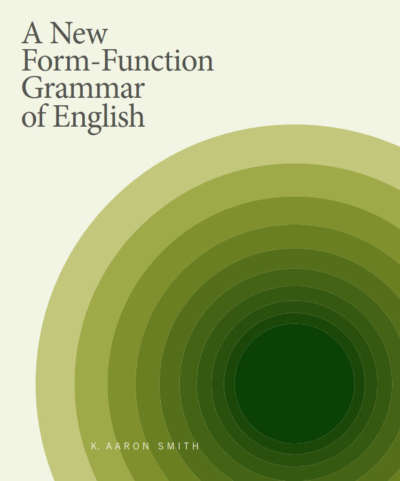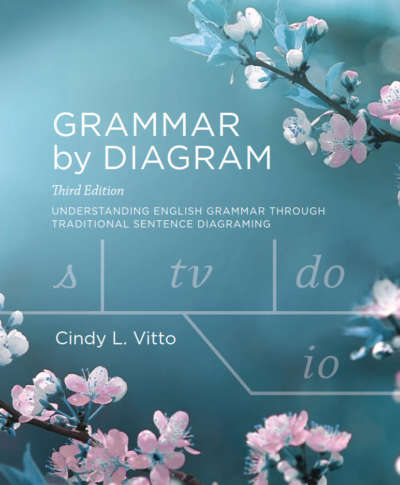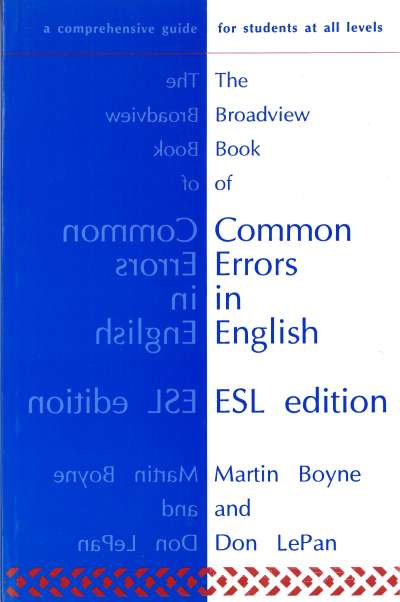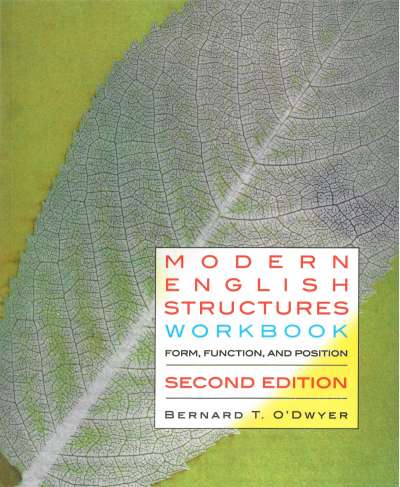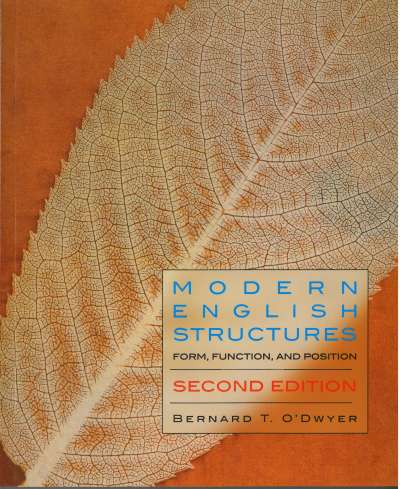Grammar by Diagram is a book designed for anyone who wishes to improve grammatical understanding and skill. Using traditional sentence diagraming as a visual tool, the book explains how to expand ten basic patterns for simple sentences into compound, complex, and compound-complex sentences, and how to employ verbals (infinitives, gerunds, and participles), other specialized structures, and even punctuation for additional versatility.
The Grammar by Diagram Workbook provides practice exercises to accompany each chapter, including cumulative exercises with which students can check their progress at key points, a summary of concepts for each chapter, and a complete answer key.
The Grammar by Diagram Workbook can be purchased individually, or in a discounted package with the Grammar by Diagram textbook.
Comments
“Grammar for English majors is as important as mathematics for physics majors; it is the invisible structure that determines how language works. Unlike math, however, almost everyone learns to speak a language well without studying it in school. Grammar is unconscious logical structure we know without knowing it. Cindy Vitto’s Grammar by Diagram makes it conscious and comprehensible and will improve students’ writing and analytical skills, no matter their majors.” — Gordon Sayre, University of Oregon
Priase for the second edition:
“Rejoice! After years of neglect, sentence diagraming can unapologetically return to college courses. Cindy Vitto’s Grammar by Diagram makes this a fruitful return by using diagraming first to lay bare the structural bones of English and then to demonstrate ways in which writers use these components to create effective sentences. Through diagraming, students see that a strong sentence is a purposefully structured unit and not a set of words aimlessly strung together. Thus Grammar by Diagram gives students not only skills for crafting better sentences but also tools for examining language with greater care.” — Candace Barrington, Central Connecticut State University
“Grammar by Diagram is a dream come true for me. I grew up academically on diagraming, and I have always thought it is one of the best ways for students to visualize the structure of the language.” — George Edward Stanley, Cameron University

